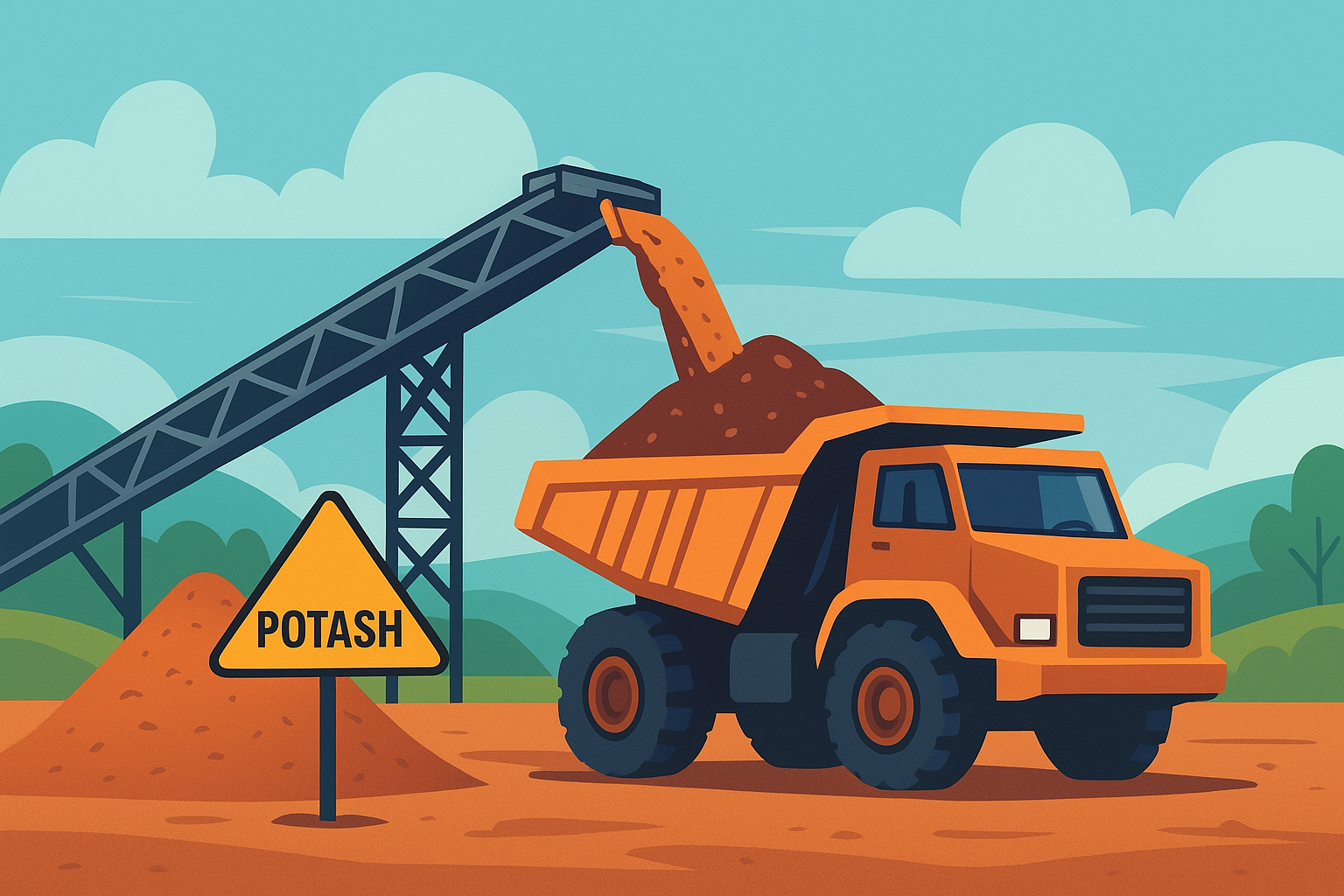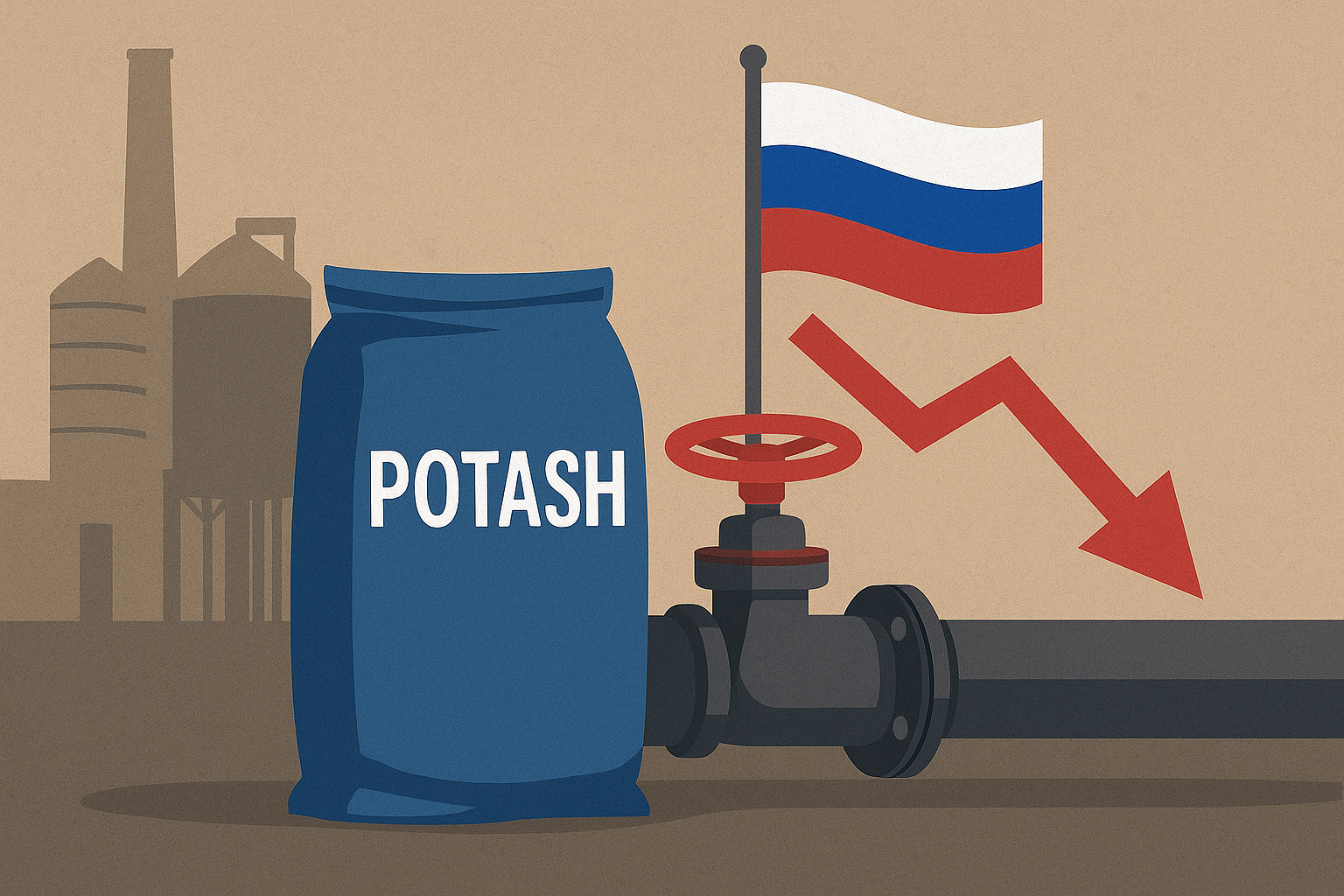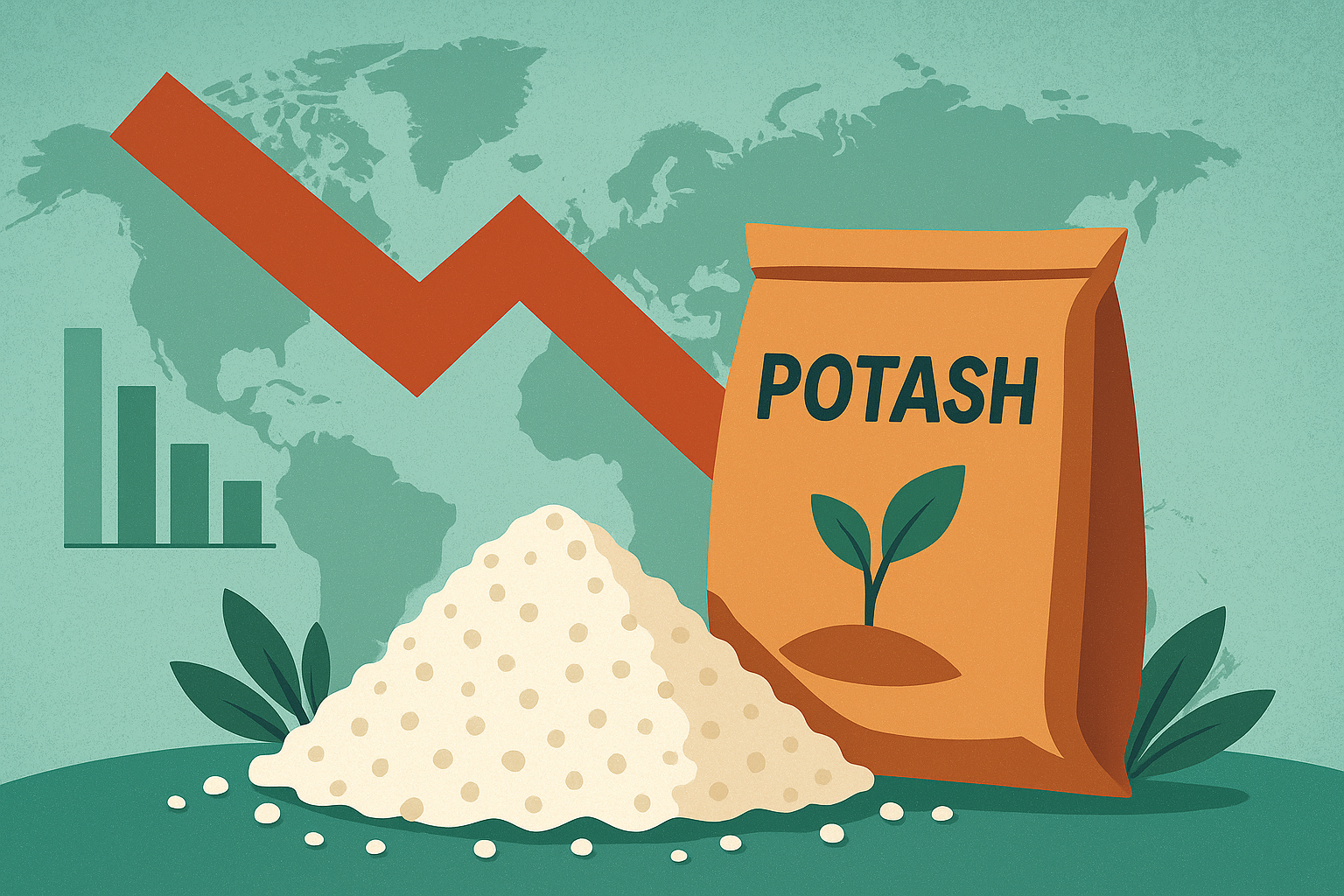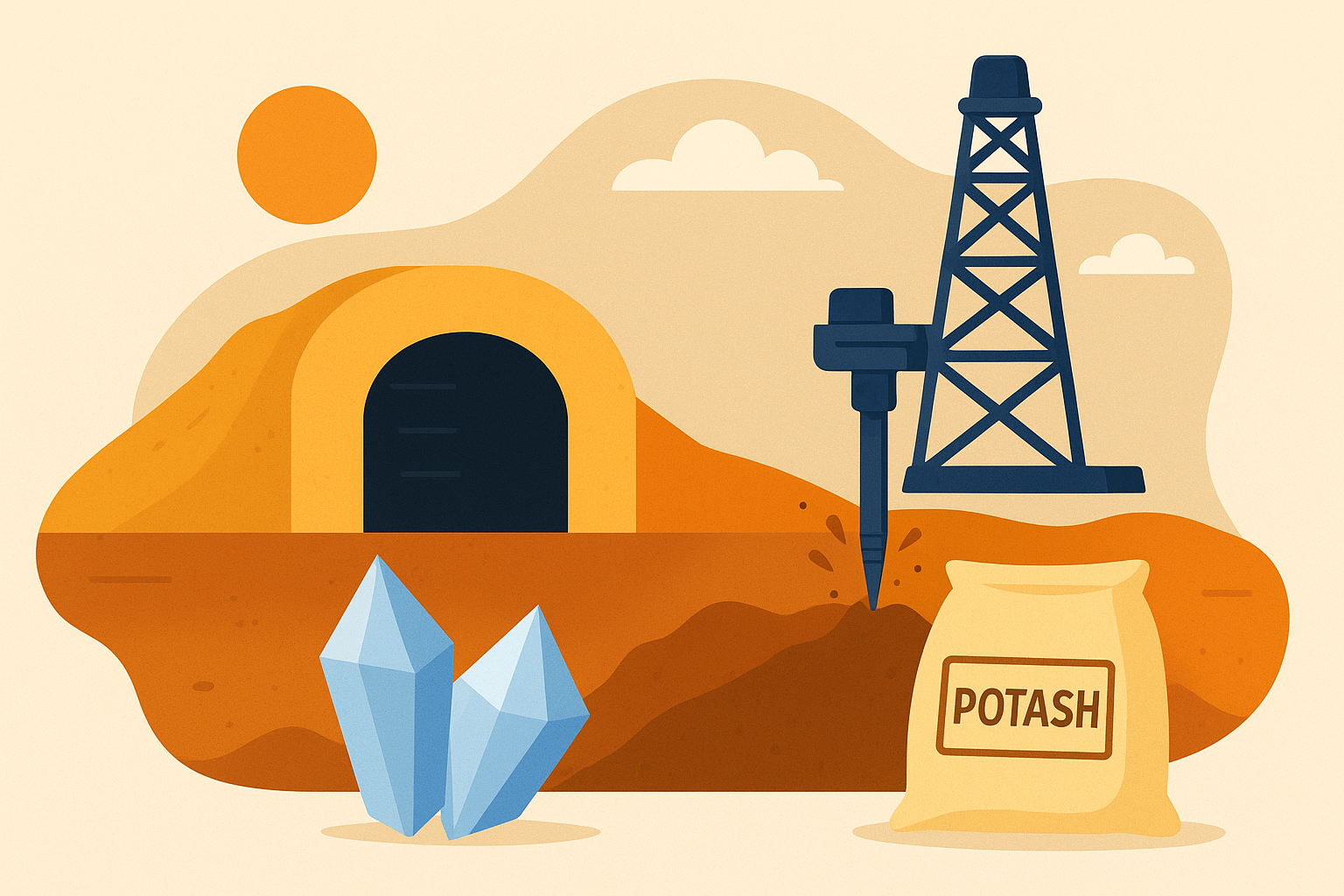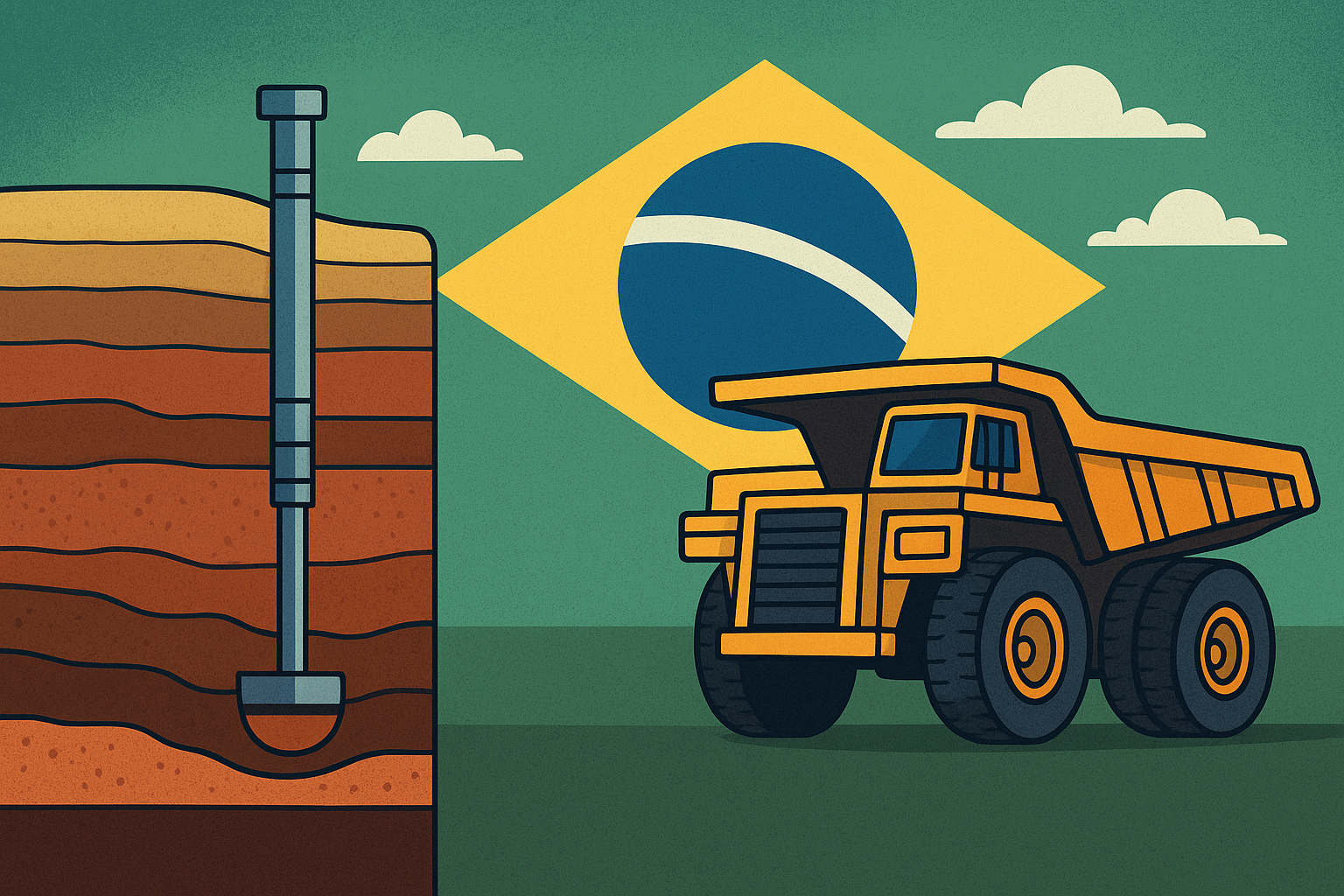Global demand for fertilizers is climbing as food security and sustainable agriculture rise to the forefront of policy debates. Against this backdrop, the U.S. Department of Agriculture (USDA) has announced a US$14 million grant to Sage Potash, a Canadian-listed company, for the advancement of its Utah-based Paradox Basin project. The initiative underscores Washington’s growing urgency to reduce reliance on imported fertilizers and boost domestic potash production capacity.
Potash at the Center of U.S. Agricultural Strategy
Potash, a key fertilizer input, is essential to crop yields and global food supply stability. Historically, the U.S. has been heavily reliant on imports, with Canada, Belarus, and Russia dominating global supply chains. Geopolitical tensions and supply chain disruptions in recent years have sharpened concerns over dependency. By backing domestic projects like Sage Potash’s Utah development, U.S. policymakers are signaling a strategic pivot toward self-sufficiency.
According to Argus Media, the Paradox Basin project targets a production capacity of around 300,000 metric tons per year once fully operational. That scale, while modest compared to global leaders, represents a meaningful step in diversifying supply sources and reducing geopolitical risks associated with fertilizer inputs.
Why This Matters for Investors
For investors, the grant is more than just a financial boost for one company. It signals the emergence of potash as a strategic commodity firmly within U.S. industrial policy. Similar to copper’s reclassification as a critical mineral earlier this year, potash is increasingly seen as integral to national security and food independence.
Government support—through grants, permitting incentives, and favorable financing—lowers project risk and enhances the investment case for potash developers with U.S. exposure. This is particularly relevant as inflationary pressures and higher interest rates have strained project financing across the commodities sector. Direct USDA support helps validate Sage Potash’s development timeline and could improve its access to both institutional capital and offtake agreements.
Policy and Market Backdrop
The timing of this grant is notable. Fertilizer prices remain volatile, following spikes in 2022–23 caused by sanctions on Belarusian and Russian producers. While prices have moderated, they remain well above pre-pandemic levels. Analysts at CRU Group highlight that potash demand is expected to grow steadily, underpinned by global population growth and soil degradation challenges that increase fertilizer intensity in farming.
The U.S. government’s pivot also dovetails with broader themes of supply chain resilience. From semiconductors to critical minerals, Washington is increasingly channeling funding toward domestic projects to mitigate exposure to international disruptions. The USDA’s move suggests that potash, long overlooked, is now firmly part of that agenda.
Future Trends to Watch
- Expansion of Domestic Potash Projects: Beyond Sage, other junior and mid-tier companies with U.S. resource exposure could benefit from a friendlier regulatory and financing landscape.
- Geopolitical Risks: Sanctions, conflicts, and trade disputes remain an overhang on global potash supply. Domestic capacity reduces but does not eliminate that risk.
- Sustainability Push: With ESG concerns rising, companies pursuing environmentally responsible extraction methods may secure preferential access to grants, financing, and investor capital.
- Food Security as Policy Driver: Expect agriculture-linked commodities to receive continued policy support as food security becomes an increasingly politicized issue in both developed and emerging markets.
Key Investment Insight
Investors should view this development as a signal that U.S.-focused potash assets are entering a favorable policy environment. Sage Potash is not the only company poised to benefit—any developer positioned to serve domestic agricultural demand stands to gain from rising political will, financial support, and potential tariff protections. In contrast, companies overly reliant on exports from geopolitically sensitive regions may face heightened risk premiums.
Stay Ahead
As the U.S. doubles down on securing domestic fertilizer inputs, investors should track policy announcements and funding flows into the sector. Potash is now firmly on the radar for government-backed commodity security. For daily updates on base metals, critical minerals, and commodities shaping the next investment cycle, follow explorationstocks.com.

